Cody Chiverton has spent the past decade lighting fires. As a former firefighter with the U.S. Forest Service, he participated in dozens of prescribed burns across the American West, in which fire-prevention teams would carry drip torches to ignite dry vegetation, leaving flames and smoke in their wake.
But in June, Chiverton did a prescribed burn with no flames and no smoke. Instead, a tank-like robot pulled by a remote-controlled tractor handled all of the igniting. As it slowly moved along a hiking trail near Palo Alto, California, the robot turned anything in its path — brush, dry grasses, leaf litter — into a dark trail of ash.
“It’s a cool tool,” says Chiverton, 31, who this year joined San Francisco-based BurnBot. The startup doesn’t sell its robots (it has made two so far). Instead, forest managers, property owners and utilities book them on demand, at prices that start in the neighborhood of $1,000 per acre.
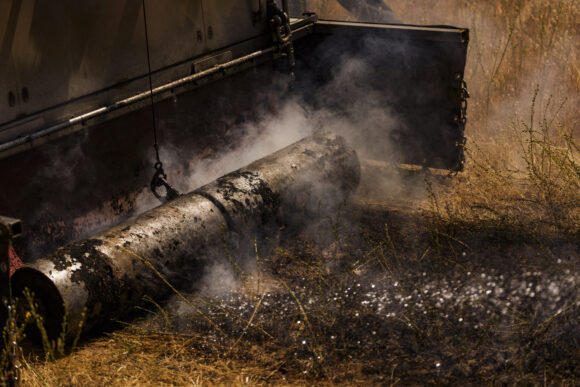
Prescribed or controlled burns — fighting fire with fire — have long been used by indigenous groups to manage wildfire risk. Clearing excess vegetation reduces a forest’s fuel load, making it less likely a blaze will break out or spread quickly. But it’s a manpower-intensive process. BurnBot’s June burn covered an area the size of an American football field using a five-member crew; Chiverton says the same job sans robot would have needed 10 people.
“This is a way that we can start doing more prescribed fire to clean up our landscapes and make them more resilient,” he says.
There’s an acute need to improve fire management globally. Greece, Turkey and Canada are all dealing with multiple forest fires this summer, and California is tackling one of the worst fires in state history. On Aug. 1, the US’s National Interagency Fire Center (NIFC) issued a warning about “extreme levels” of fire activity in the Western part of the country this year. Wildfires consumed an average of 7.65 million acres per year in the US over the past five years, 52% higher than two decades ago, according to NIFC.
Some of that has to do with decades of wildfire suppression, which has prevented the natural thinning of forests that reduces fuel load for future fires. But climate change is also exacerbating the conditions that make blazes bigger and more frequent.
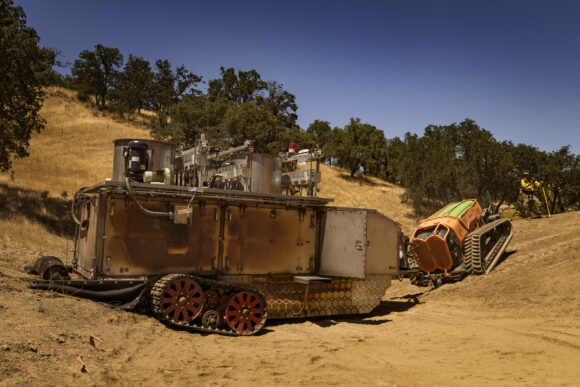
More and bigger wildfires mean more communities and infrastructure at risk, and more carbon dioxide entering the atmosphere as forests are destroyed. (Last year, wildfires in Canada spewed more CO2 than all of Mexico.) Bigger blazes are also putting more pressure on firefighters, just as the industry is facing a labor shortage. California alone has seen an exodus of nearly 1,000 federal wildland firefighters since 2020.
“There’s a fundamental mismatch between how many acres need treatment and what the capacity of the workforce today is,” says BurnBot Chief Executive Officer Anukool Lakhina, who started the company in 2022 alongside co-founder Waleed Haddad.
BurnBot is part of a nascent but fast-growing “fire tech” sector that’s focused on preventing, detecting and suppressing wildfires. San Francisco-based Pano AI uses artificial intelligence-enabled cameras to spot fires earlier, while Santa Monica, California-based Rain makes autonomous helicopters to target blazes from above and France’s Shark Robotics builds firefighting robots for the frontlines.
BurnBot’s signature machine aims to make prescribed burns easier and safer. In addition to reducing manpower needs, the robot keeps combustion within its burning chamber, where propane torches and air blowers bring flame temperatures up to 1,000C (1,832F). Industrial-scale fans create upward airflow, trapping the flames and embers and reducing the risk of fire spreading outside.
That’s a key concern: Igniting vegetation is easier in dry weather, but fire services often prohibit it because of the risk a blaze will spin out of control. In 2022, escaped fire from two prescribed burns turned into the largest wildfire in New Mexico’s history.
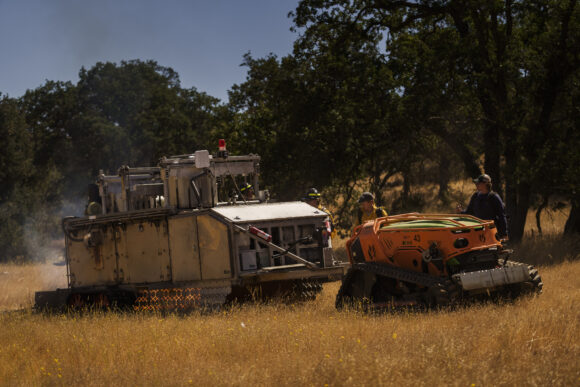
BurnBot’s burns are also largely smoke-free. The intense heat, combined with a high-concentration stream of oxygen, destroys particulate matter. Lakhina describes it as “burning the smoke.”
That feature has already captured the interest of Pacific Gas and Electric Company, California’s largest utility, which typically avoids prescribed burns near its 18,500 miles (30,000 kilometers) of transmission lines because the smoke is a safety hazard. The utility greenlit a demo of BurnBot’s technology last year. Kevin Johnson, an analyst who vets innovative wildfire solutions for PG&E, says he “couldn’t see the smoke or smell the smoke.”
BurnBot offers several automated solutions to reduce wildfire risk, though the controlled-burn robot is its first fully in-house creation. The company also deploys drones and laser-imaging to assess landscapes for fire treatment, and has a dozen masticating machines that can remove downed trees and thin underwood. Across its suite of services, BurnBot has cleared over 2,000 acres.
The company, which has raised $25 million to date, operates in California, Oregon and Nevada, and will start services in Australia next month. Lakhin says there are plans to expand to six more US states and Canada next year, and to service 1 million acres annually by 2035. (Even that would be less than a quarter of the 4.3 million acres the U.S. Forest Service helped treat last year.)
There are still some technical wrinkles to iron out. The machines are still wobbly on rocky terrain. And during one controlled burn last year, the robot tackled a thicket of wet grass by dialing up flame temperature so high that it also melted its own components. (Lakhina says the newer iteration is heatproof).
Then there’s the challenge of getting more fire authorities on board. In an industry whose tactics rarely evolve, Lakhina says it can be “very difficult to introduce new approaches.”
To make inroads, BurnBot has recruited dozens of former firefighters and forestry professionals like Chiverton, who can do double duty as operational crew and advocates for technology-aided wildfire control. Lakhina says the Inflation Reduction Act, which allocated billions of dollars to fire management in the US, is also channeling more attention to fire-prevention solutions. So is the plight of overworked firefighters.
“The tide is changing,” Lakhina says. “Fire tech as a category is getting noticed.”
Top photo: As it moves, BurnBot’s robot turns anything in its path into a trail of ash. Photographer: Philip Pacheco/Bloomberg.
Topics California
Was this article valuable?
Here are more articles you may enjoy.


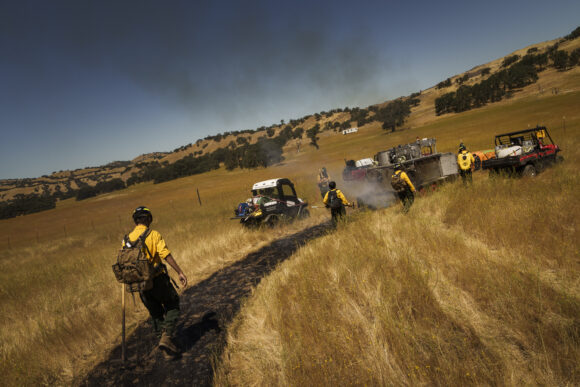
 Lowe’s Scraps Some DEI Policies as Activist Claims a New Win
Lowe’s Scraps Some DEI Policies as Activist Claims a New Win  Disney Drops Bid to Toss Allergy Suit Because Plaintiff Signed Disney+ Arbitration
Disney Drops Bid to Toss Allergy Suit Because Plaintiff Signed Disney+ Arbitration 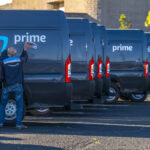 Amazon Is Boss of Subcontracted Drivers, Labor Board Prosecutors Say
Amazon Is Boss of Subcontracted Drivers, Labor Board Prosecutors Say  Frequency of Deadly Hurricanes Has Jumped 300%
Frequency of Deadly Hurricanes Has Jumped 300% 

